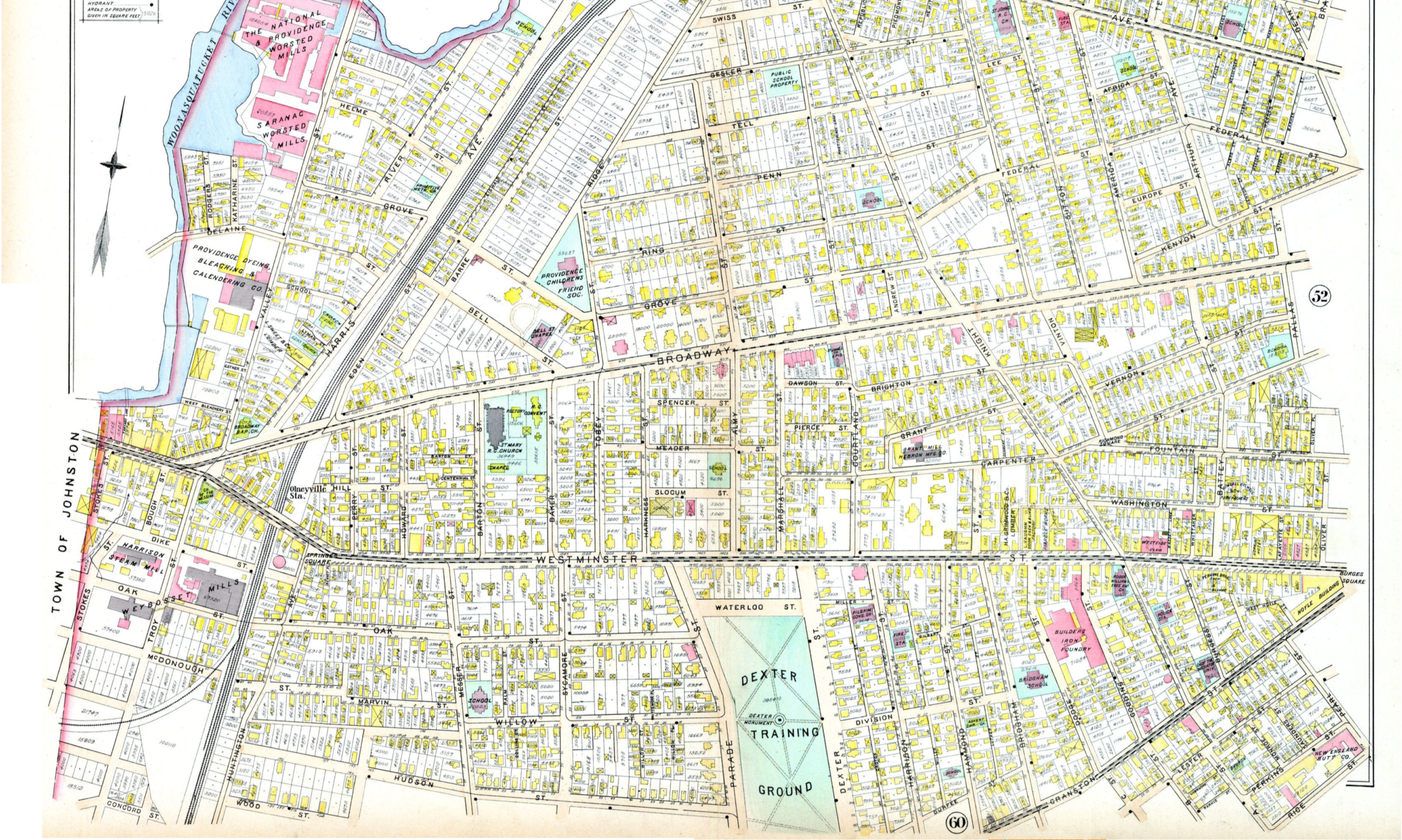This weekend (through Monday) the annual American Planning Association national conference was here, in Boston, and I attended. It was a whirlwind, and fun, but tiring. I can’t believe it’s Tuesday already! I went to a number of wonderful panels, and several exceedingly boring panels.
The first session I went to was fantastic. It was titled “Getting Ahead of the Opposition”, about building local political & public relations alliances well in advance of policy battles, so that they’re there when you need them. That panel also emphasized meticulously planning your outreach down to the individual level. Local newspapers (as thought-leaders in the community) are important to have on your side, or at least important to inform about all the nuances of the situation. Any group or individual with meaningful support and political power must be met with individually and persuaded, but effort need not be wasted on fringe loudmouths. The panelists affirmed that every community has these people who show up to every meeting, have bones to pick, and are politically not worth being associated with. The panel was also enlivened by a Mary Means of the planning firm Goody Clancy.
The last panel I attended was also wonderful, about retrofitting cities with green streets facilities. There were planners from Seattle, Boston, and New York City talking about the interesting and innovative ways they have made their streets safer and greener in recent years. Several tactics I came away with were putting down street paint (which is cheap) in a way that clearly delineates where cars and bikes should go. Currently there are lots of too-wide lanes that waste street space and allow cars to hog room that could be used by cyclists. And while bicycle advocates may view cars as an adversary, the panelists all emphasized that complete streets planning must take all modes into account.
For evaluation of panels, the conference used a system of half-sheet paper forms. I found these to be too troublesome to fill out for each session. In conversation with classmates about this dilemma, two suggestions emerged. My thought was that there could be simple thumbs-up-thumbs-down ratings for each panel and each panelist. Simplifying a survey makes it easier for people to fill it out. Another way of using evaluation for quality control would be to use several volunteers in each session to evaluate. Having multiple designated evaluators would mediate some of the bias concern of having a small number, but assigning the task to a few people would possibly produce higher quality evaluations. It was clear that a re-vamped evaluation process was needed, due to the extremely uninteresting sessions that seemed scattered throughout the conference. Good presenters should be encouraged to present and bad presenters should not be asked back. It wastes members’ time and money allowing monotoned, sleep-inducing presenters to poison the schedule.
The conference started strong and ended strong for me, with a lull in the middle. But I did get to go outside for lunch each day and experience the beautiful weather. There were many other moments, too, that made it a truly valuable way to spend the weekend.

Good report. In the course of my years in business I attended many industry conferences, trade shows and the like. You describe it perfectly. Some interesting things, and some poorly presented and boring sessions. Most boring was when we had an exhibit at a trade show, hoping somebody would stop by and listen to our spiel. Sometimes at those we had a hotel suite for entertainment. I remember one such when some customers showed up at ten a.m. wanting the bar open. It was a long day.
Ah, well. memories.